
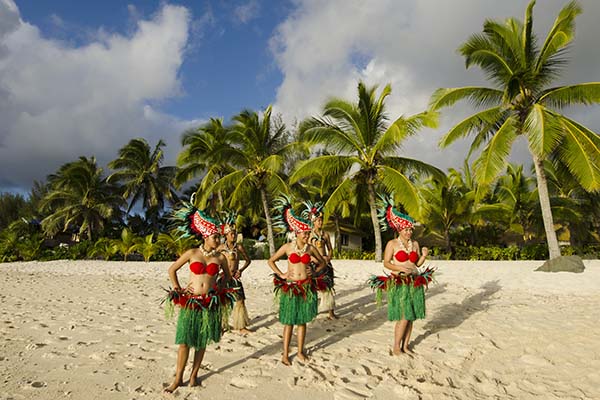
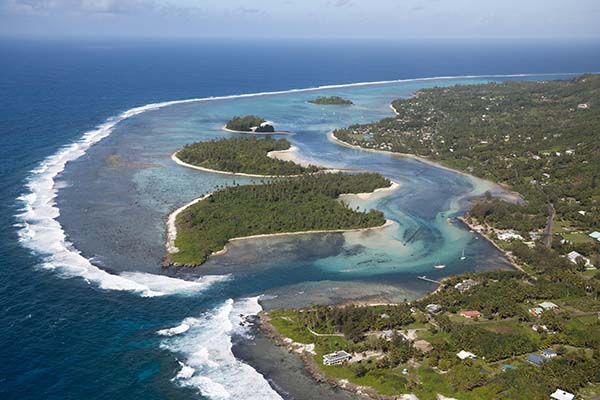
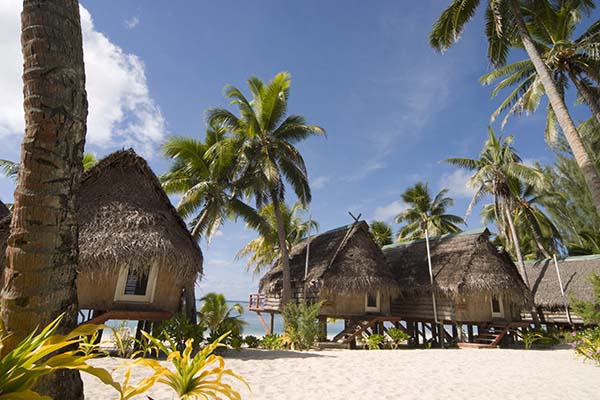
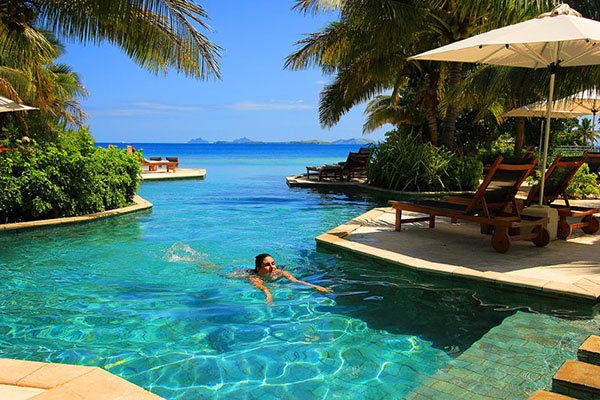
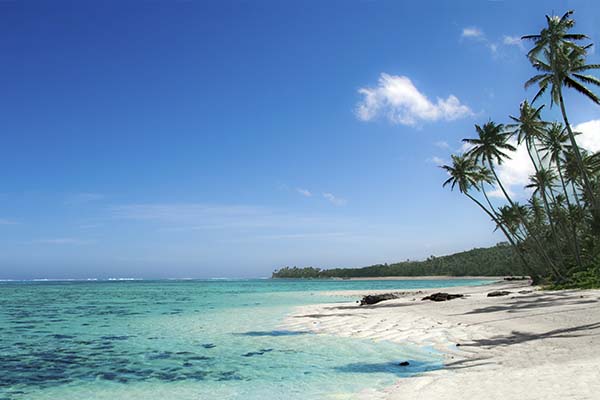
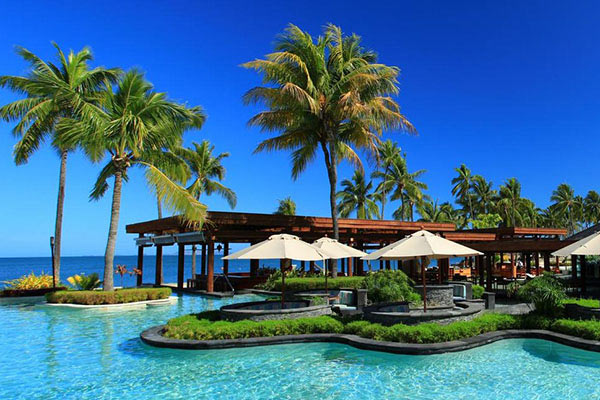
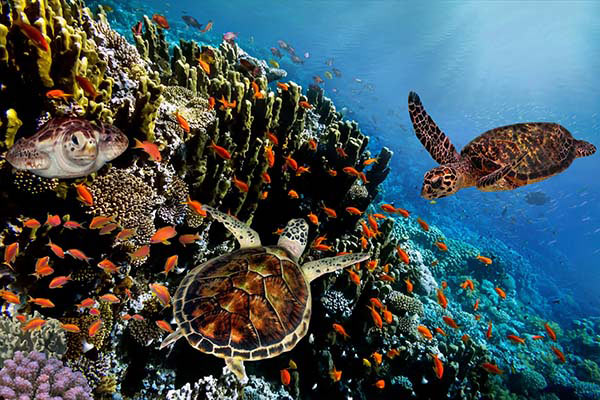
South Pacific
The South Pacific islands are everything you want in a tropical paradise in the middle of the ocean. From Fiji to the Cook’s to Niue, you can hand feed sea turtles, sail on a lagoon, and explore hidden water caves. Although each island has its own delights, you may be surprised to find French cuisine and culture mixed in with traditional Polynesian customs across many. With so much delicious food, stunning beaches, lush rainforests, and sizzling volcanoes, it’s no wonder that this enchanted area has an allure like none other. Dive with the dolphins in Tonga, swim in the famous Blue Lagoon, or take a helicopter ride over Efate’s waterfalls. Whatever you may find in the South Pacific, odds are that you’ll be seduced to returning again soon.
Did You Know?
- The Pacific Ocean was the last ocean discovered by Europeans, first seen by the Spanish explorer Balboa, on September 25, 1513.
- The people of the Pacific Islands originally made maps of the seas around them with small shells fastened to strings of palm fibre, showing the islands in formation.
- There are several mysterious stone remains on the Pacific Islands, including the trilithon in Tonga, a stone circle in Samoa, and a paved road encircling the island of Rarotonga.
- There’s no ‘b’ in the Tahitian alphabet, so Bora Bora is actually Pora Pora (meaning first-born). It eventually became Bora Bora because early visitors heard it that way.
- Locals believe that the mythical island Raiatea (originally named Hawaiki) rose from the bottom of the ocean and that this was the beginning of life on Earth.
- There are no poisonous snakes or insects in French Polynesia.
- Most of the Pacific Islands are coral formations, usually resting on volcanic or other cores.
- Cherished by natives and visitors alike, the well known beautiful black pearls are indigenous only in the Tuomotu Islands of French Polynesia.
- There are boxes outside the homes of Tahitians, which look like mail boxes. But they’re not for mail… Residents get a fresh loaf of French bread dropped off twice a day (and they have to go to the post office to get their mail)!
- There are 15 islands that make up the Cook Islands, but they only have a combined land mass of just 92 square miles – which is smaller than one fifth the size of Los Angeles!
- It is common for women to place a “tiare” (the national flower of French Polynesia and the Cook Islands) behind their ears. They put it on the left if they are in a relationship; and on the right if they are single.
- The word “tattoo” comes from the French Polynesian “ta tau”, which literally means to write.
Travel Tips
Most citizens from Western countries can visit most South Pacific countries for up to three months with a valid passport. You must also have a return ticket and proof of sufficient funds. Depending upon the arrival port, you may also receive a required visa or tourist permit. Visa requirements may change, so we recommend you check with the U.S. embassy or consulate of the country you plan to visit. Your travel expert can also help guide you in the contact information and paperwork you’ll need.
Most South Pacific islands are warm and humid all year long, with uniform rainfall and temperature. June to August is the most dry, with December and January more wet and humid. It’s hottest in low season, which runs February to April and October to November. Depending upon the island and season, temperatures generally range between 60F to 80F throughout the year.
There are a number of different currencies in the South Pacific islands, so it’s best to bring and use your debit and credit cards. Many restaurants and hotels will accept them, although you’ll also want to use the ATM machines found at main centers and airports. It’s best to carry some of the local currency cash along with your cards and traveler’s checks, in case they don’t take cards at whatever island establishment you’re visiting.
If you want phone or internet data while in the islands, it’s recommended you bring a portable phone or other wifi device. Many hotels and restaurants will have wifi, but be warned they can be slow and unpredictable. You may also find a Vodafone outlet once you get to the island, and they can get you a local phone number and data plan with a SIM. There’s also phone options with Skype to make phone calls over your wifi connection, but it’s best that you get the Skype phone number arranged in advance.
Most of the travel around the South Pacific is done by air. There are some inter-island ferries, and local boats to outer islands for shorter trips. Getting around on an island is easiest by bus service. Rental cars aren’t really recommended, but they are available on some islands. Note that some islands driving is done on the right, and others on the left, so make sure to get educated on the local road rules. Bicycles are also another great alternative for flatter, more finished roads. Tropical rainstorms and muddy roads can be an issue, so it’s best if you’re experienced in trail riding if you choose this mode of transport.